May 30, 2022
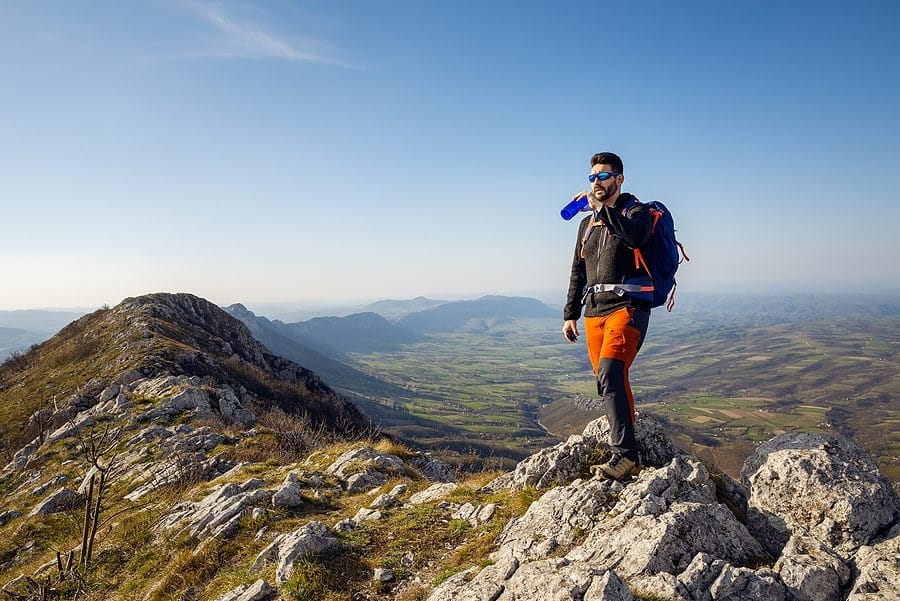
Venturing into the great outdoors is exciting and thrilling. However, navigating such expansive areas of land and water has risks. While there’s a high likelihood that nothing will happen on your next outdoor trip, it’s best to have a plan if you ever get stuck in a situation that’s less than ideal. Because outdoor adventures require mental and physical preparation, enrolling in outdoor recreation courses in NZ is an excellent way to help you thrive in the New Zealand bush. Plus, a little common sense doesn’t hurt to ensure a safe and enjoyable trip. Follow our wellness guide to discover outdoor safety tips for your next adventure.
The risks when exploring Mother Nature are real – extreme temperatures, navigation errors, and more. Preparation and awareness of what’s out there are essential. Here’s what you need to know before setting foot out the door.
Weather patterns can change rapidly, and trail conditions vary each season. It’s best to wear suitable clothing that can protect you from natural elements such as the sun, snow, and rain. Layers are an excellent option if there are sudden weather changes.

Researching your destination can help you plan specifics – what time of the day you can leave, what to bring with you, etc. Review online trail maps ahead of time and determine which parts of the trail may become inaccessible during specific periods of the day.
Set to go on a hiking adventure? Navigation & survival skills are essential to help you survive the great outdoors. You need to know how to read a map and a compass to find your way around hills and mountains safely and make it back home.
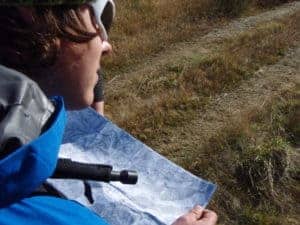
Aside from packing tailored safety gear for your trip, you also need to plan for the worst-case scenario, such as when you get lost, injured, or need food and water. Think tools that can serve more than one purpose. These may include lighters, cell phones, folding knives, or hydration bags.
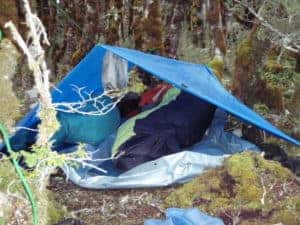
Make sure to test your safety gear before you leave home. Whether that’s your locator beams, headlamp, or even your whistle!
It’s best to learn the basics of first aid before the need to give one arises. Learn how to identify and treat the most common injuries that one can get while outdoors.
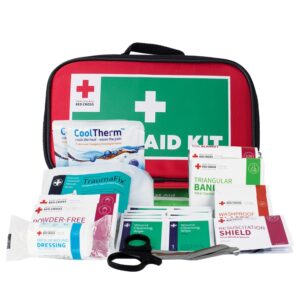
Outdoor adventures entail strenuous activities. It’s best to be in good physical condition before setting out. Make sure that you have the go signal of your health care provider before departing.

Now that you’re out in the wilderness, it’s time to apply more straightforward plans of action to ensure your safety. Here’s how!
If you’re a first-time hiker or climber, it’s best to have a companion who knows the area. You don’t want to be by yourself in case of an emergency. If you’re exploring a remote area, you should always travel with a group so that if anyone gets hurt, one can stay with the hurt person, while others can go out and look for help. You may also be in charge of such a group, even with friends and family, someone usually takes charge and defaults to being the group leader. Take a basic course in Guide and Instructor Training to know more.
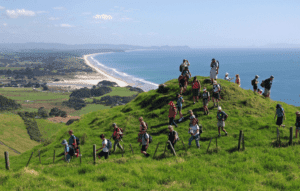
When out and about, you should log your trip to the nearest visitor centre. Leave an itinerary and a 24-hour contact with a reliable friend. Use a personal locator beacon that can transmit distress signals to authorities in case of emergencies.
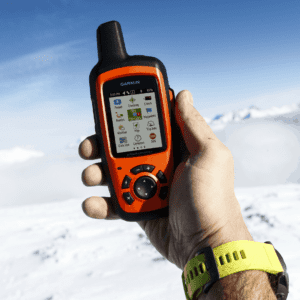
While you can enjoy all the majestic sceneries, you also need to be mindful of your surroundings. Whether you’re paddling on beautiful waters or hiking simple trails, you need to watch out for low-hanging branches, trip hazards, and other dangerous drop-offs.
Knowing where to find clean, uncontaminated water is the holy grail of survival. But don’t just drink any clean-looking water you see. Even mirror-like water can carry waterborne parasites and bacteria. The best way to source drinkable water is from rain, snow, and other vegetation that indicates water sources.
Foraging foods is a must if you want to maximise your resources in the wild. You can live off mushrooms, berries, fruits, and greens while you’re exploring the wild. There are special tours available that will allow you to uncover Mother Nature’s best-kept secrets – edible greens, wild food, and medicinal plants!

Never approach wildlife. Admire the beauty of nature and those residing in it from a safe distance.
Planning your next great adventure? Come prepared with Social Nature Movement’s range of bushcraft, and navigation and survival courses. Our team will help you gain the knowledge and acquire the skills needed to explore outdoor environments. From natural navigation and foraging foods to serious survival, we help you develop confidence and skills to conquer the wilderness. Learn more about our courses and enquire today!
email support@snm.nz or call us on 0800 76 62 66